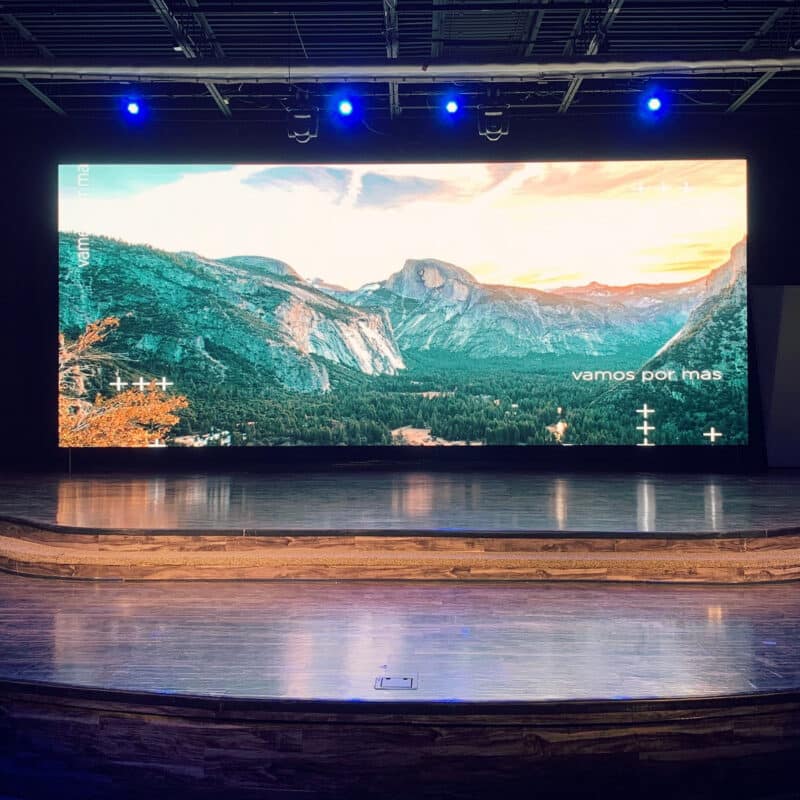Exploring the Key Elements That Influence Hue Consistency in Light Emitting Diode Wall Screens for Optimal Visual Output
Exploring the Key Elements That Influence Hue Consistency in Light Emitting Diode Wall Screens for Optimal Visual Output
Blog Article
Color uniformity in LED wall screens is essential for achieving optimal visual performance. light-emitting diode wall panels are widely used in various environments, including musical events, meetings, and promotional displays. When the hues on these screens are uniform, they create a more engaging and immersive encounter for viewers. Several critical elements influence color consistency, including the quality of the light-emitting diode elements, calibration processes, and surrounding factors.
The caliber of the light-emitting diode components plays a significant role in hue consistency. Various types of LEDs emit light at varying frequencies, which can affect the total hue output. Premium light-emitting diodes are designed to produce a more consistent light range, leading in improved color precision. Additionally, the manufacturing method of these light-emitting diodes can affect their functionality. Screens made with superior materials and technology tend to have fewer color differences, guaranteeing that the shown pictures and footage look lively and true to reality.
Calibration is another essential factor in preserving color uniformity in light-emitting diode wall panels. Tuning entails adjusting the settings of the screen to ensure that the colors shown align the desired design. This process can consist of adjusting brightness, contrast, and hue equilibrium. Regular calibration is essential, especially in settings where lighting conditions change often. By calibrating the panels, specialists can fix any discrepancies in hue result, leading to a more uniform viewing encounter.
Environmental conditions also affect hue uniformity in light-emitting diode wall panels. Factors such as surrounding light, heat, and moisture can influence how colors are perceived. For example, intense ambient light can wash out colors, making them look more vibrant. Similarly, extreme heat can influence the functionality of the LEDs, leading to color changes. To reduce these problems, it is essential to place light-emitting diode wall screens in controlled settings where illumination and heat can be managed efficiently.
Finally, the design and arrangement of the light-emitting diode wall panels can affect hue uniformity. The arrangement of the panels, as well as the distance from which they are observed, can create differences in hue recognition. When panels are placed too distant apart or at different angles, audiences may detect inconsistencies in hue. To achieve the optimal optical performance, it is important to consider the placement and arrangement of the screens during installation. By addressing these elements, you can try these out operators can guarantee that their light-emitting diode wall panels deliver a consistent and high-quality visual experience.